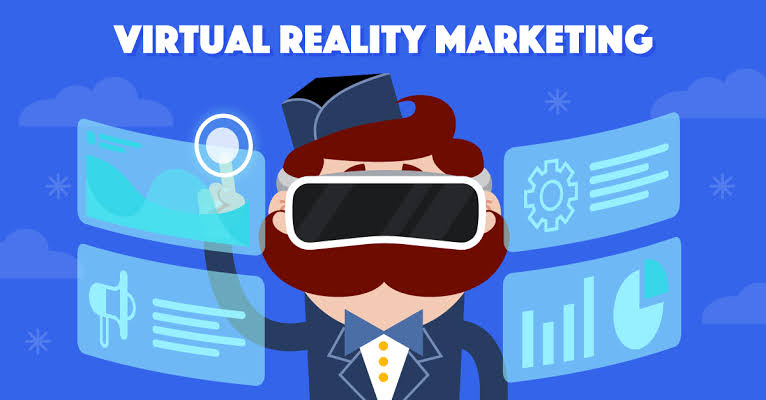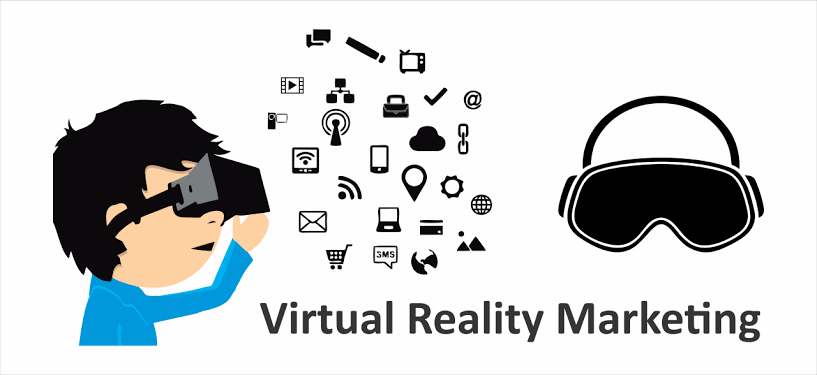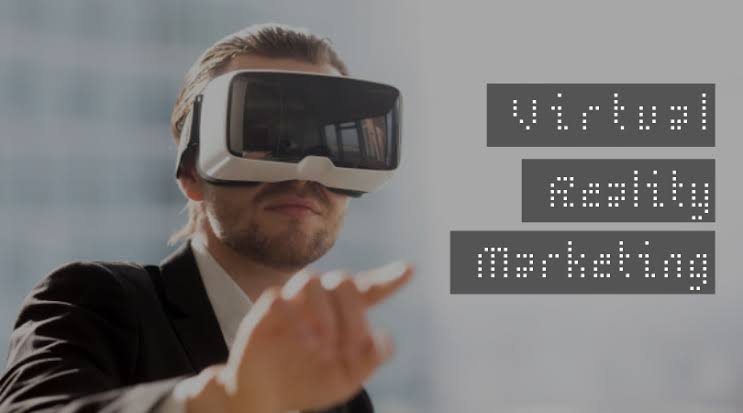
Virtual Reality Marketing: The Future of Immersive Customer Experiences

Introduction
In the rapidly evolving digital landscape, Virtual Reality(VR) Marketing is emerging as a transformative technology that has the potential to revolutionize the way businesses connect with their customers.
Virtual Reality(VR) Marketing offers an immersive and engaging experience that allows brands to create unforgettable connections and drive meaningful results.

What is Virtual Reality Marketing?
Virtual reality marketing involves using VR technology to create interactive and immersive experiences that transport customers into a virtual world. This technology enables businesses to showcase their products, services, and brand stories in a highly engaging and memorable way.

Benefits of Virtual Reality Marketing
- Immersive Experiences: VR creates a fully immersive environment that allows customers to feel like they are actually present in the experience. This level of engagement fosters deeper connections and lasting impressions.
- Enhanced Storytelling: VR provides a unique platform for brands to tell their stories in a captivating and interactive way. Customers can explore virtual environments, interact with products, and experience the brand’s values firsthand.
- Increased Brand Recall: The immersive nature of VR makes it highly memorable. Customers are more likely to remember and recall brands that have provided them with a VR experience.
- Lead Generation and Conversion: VR marketing can be used to generate leads and drive conversions. By providing customers with an immersive and engaging experience, businesses can increase their chances of capturing their attention and converting them into paying customers.

Applications of Virtual Reality Marketing
VR marketing has a wide range of applications across various industries, including:
- Retail: Customers can virtually try on products, explore store environments, and make purchases from the comfort of their own homes.
- Tourism: VR allows potential travelers to experience destinations before booking, providing them with a realistic preview of what to expect.
- Education: VR can be used to create immersive learning experiences that enhance student engagement and retention.
- Healthcare: VR can be used for patient education, surgical training, and pain management.

Best Practices for Virtual Reality Marketing
To maximize the effectiveness of VR marketing, consider the following best practices:
- Create High-Quality Content: The VR experience should be visually stunning, engaging, and relevant to the target audience.
- Focus on Storytelling: Use VR to tell a compelling story that connects with customers on an emotional level.
- Provide Interactivity: Allow customers to interact with the VR environment, making the experience more immersive and memorable.
- Measure and Analyze Results: Track key metrics such as engagement, conversion rates, and brand recall to measure the effectiveness of your VR marketing campaigns.

Here’s a summary of the advantages and disadvantages of Virtual Reality Marketing:
Advantages
| Advantage | Description |
|---|---|
| Immersive Experience | Engages customers in a unique, interactive way. |
| Enhanced Engagement | Captures attention and increases emotional connection. |
| Brand Differentiation | Stands out in a crowded market, creating memorable experiences. |
| Better Customer Understanding | Allows customers to visualize products in a real-world context. |
| Innovative Storytelling | Provides creative ways to convey brand messages. |
| Increased Reach | Appeals to tech-savvy audiences and younger demographics. |
Disadvantages
| Disadvantage | Description |
|---|---|
| High Costs | Developing VR content can be expensive and resource-intensive. |
| Limited Accessibility | Requires specific hardware, limiting audience reach. |
| Technical Issues | Potential for bugs or technical difficulties during use. |
| User Experience Challenges | May cause discomfort or motion sickness for some users. |
| Content Creation Complexity | Requires specialized skills and knowledge to create effective VR experiences. |
| Short Attention Span | Users may not engage for long periods, affecting content impact. |
Conclusion
Virtual reality marketing is a powerful tool that has the potential to transform the way businesses connect with their customers. By creating immersive and engaging experiences, brands can build stronger connections, drive conversions, and create lasting impressions. As VR technology continues to evolve, we can expect to see even more innovative and groundbreaking applications in the future.

